Where do aquarium fish come from?
It's crucial to know before you buy for conservation purposes
There is something soothing about sitting in front of a fish tank – watching brightly colored bodies gracefully swim through the water, listening to peaceful bubbles lightly splashing on the surface. It's one of the reasons I was drawn to a career in marine biology. I'm far from alone in my attraction to aquariums. The aquarium industry has gained a huge amount of popularity since it originated in the 1930s, especially since the 1990s. Today, over 1 billion fish are sold annually in this multi-million dollar industry, valued between $200 to $330 million annually. These fish ultimately find homes in one of the more than two million public and private aquariums around the world, the majority of which are in the United States.
As a fish biologist, I am thrilled to see people taking interest in these aquatic ecosystems and trying to set up their own aquariums. But we need to talk about how those fish get into your tank in the first place.
Travel is stressful
Fish come from one of two sources: they are either wild-caught or captive-bred. Wild-caught fish are, well, caught in the wild. Someone has to go into the fish’s native habitat and catch it, so it can be transported and sold in the aquarium trade – think the beginning of Finding Nemo, when Nemo is taken from the ocean, only to wake up in an aquarium. Alternatively, captive-bred fish – sometimes referred to as tank-cultured for freshwater species – are raised and bred in a fish farm. Many freshwater fish species in the aquarium trade – about 90 percent of the over 5,000 species – can be bred in captivity. Due to difficulties in maintaining saltwater aquariums and to the mating behaviors of marine fish, it's harder to breed them. Even with recent advances making it easier to keep marine fish, only 10 percent of the approximately 1,800 marine species traded have been successfully bred.
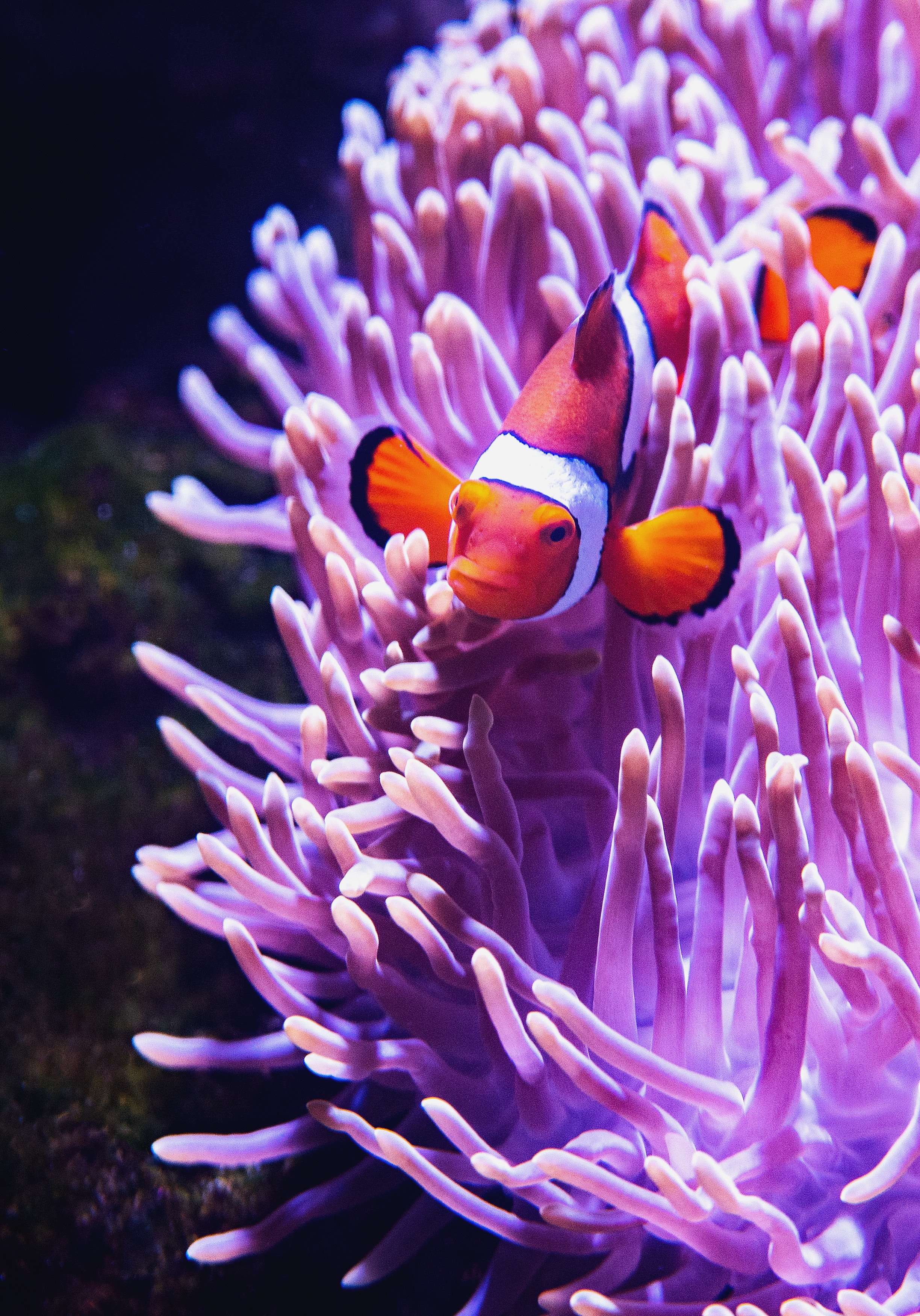
Of film fame
Unless the fish you buy are actively bred and raised domestically, chances are it had a long trip to get to your tank. After fish are caught (or raised), they are bagged up and shipped to their destination. They may sit in holding facilities for days, weeks, or even months before they are ready to be transported to their next destination. Your fish often makes multiple stops at different ports or holding facilities before finally ending up in the tank at your local aquarium store. This process can be stressful for many fish, and there can be high levels of mortality during the shipping process. (You can see step-by-step images of a common reef-to-tank journey for our friend Dory, a Pacific Blue Tang, at National Geographic.)
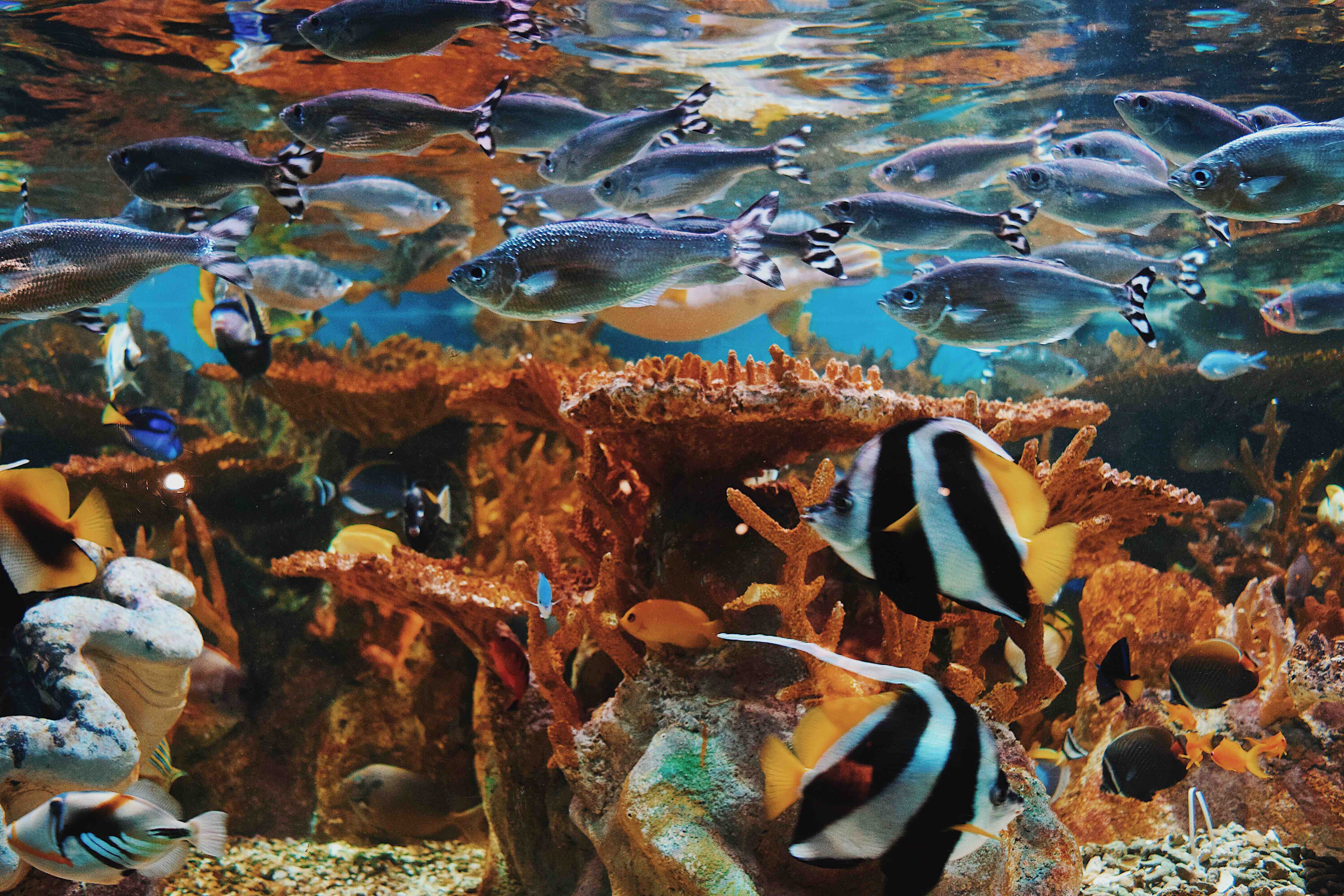
Heart-wrenching Disney storyline aside, there are potentially devastating issues with catching some species in the wild to supply the aquarium trade. If more individuals are removed out of an area than the population can replace, we risk over-harvesting the species. In the long-run, this can cause the natural population to suffer, leaving fewer fishes in the wild.
This can be particularly problematic if the fish is exceptionally important in its natural range. For instance, if the fish eats algae off of corals and we take too many fish to supply the aquarium trade, the algae can grow uncontrollably, overtaking the corals that act as important homes for many reef-dwelling species.
Fish law
In theory, governments could regulate the export of important or rare fish species to keep this from happening. Unfortunately, with over 30,000 species of fish in this world, we simply don't know enough about every species to make adequate regulations in the first place. Where regulations do exist, they can be difficult to enforce. This is exactly the case for the redline torpedo barb (Sahyadria denisonii or Sahyadria chalakkudiensis). Redline torpedo barbs are found only within a small area in India in the Western Ghats, but they serve as the cornerstone of the Indian aquarium trade. Due to their popularity, the species has been heavily fished over the past 20 years. With declining populations, the Indian government tried to enact harvesting regulations.
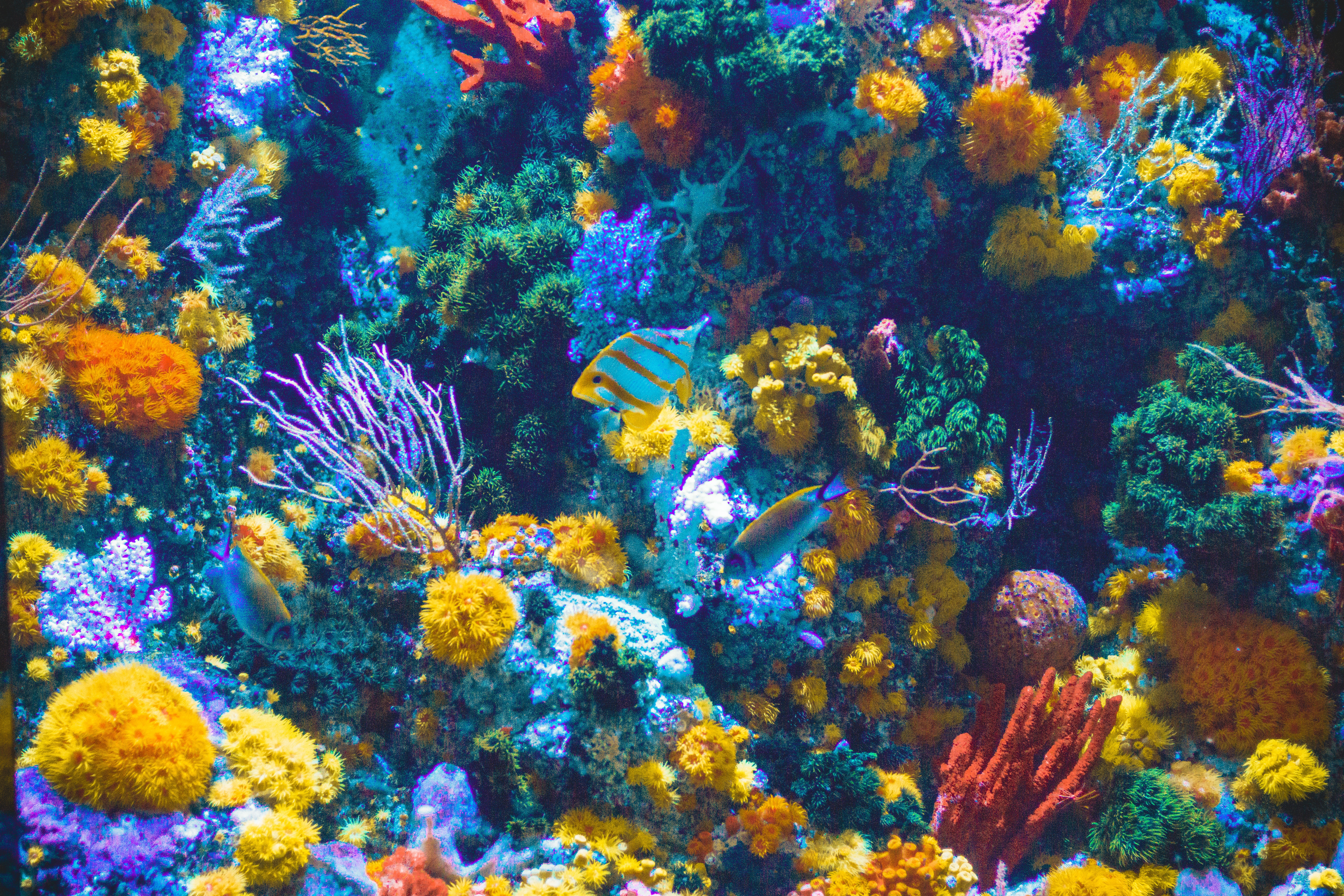
However, these regulations did not take into account some pretty important metrics – like how a species reproduces – that are traditionally used to determine when and how to sustainably harvest it. In the case of the redline torpedo barb, the government allowed fishing to take place during the normal breeding season, which allowed actively reproducing individuals to be removed from the population before they could breed. The mismanaged redline torpedo barb populations continued to decline, and now the species are listed as Endangered on the IUCN Red List of Threatened Species.
Another concern with wild-caught aquarium fishes is the potentially damaging fishing practices used to catch many species. Many marine fishes are caught using cyanide fishing. Divers will get cyanide tablets, dissolve them into a water bottle, and take the cyanide solution to find fish. When the desired fish is found, the diver will squirt the cyanide solution at the fish. This toxic chemical stuns the fish, making it easier to catch and collect. The problem is that this cyanide can also kill corals. Many of the stunned fishes will seek refuge in coral colonies. Divers may break apart or damage the fragile coral colonies to reach the stunned fish.
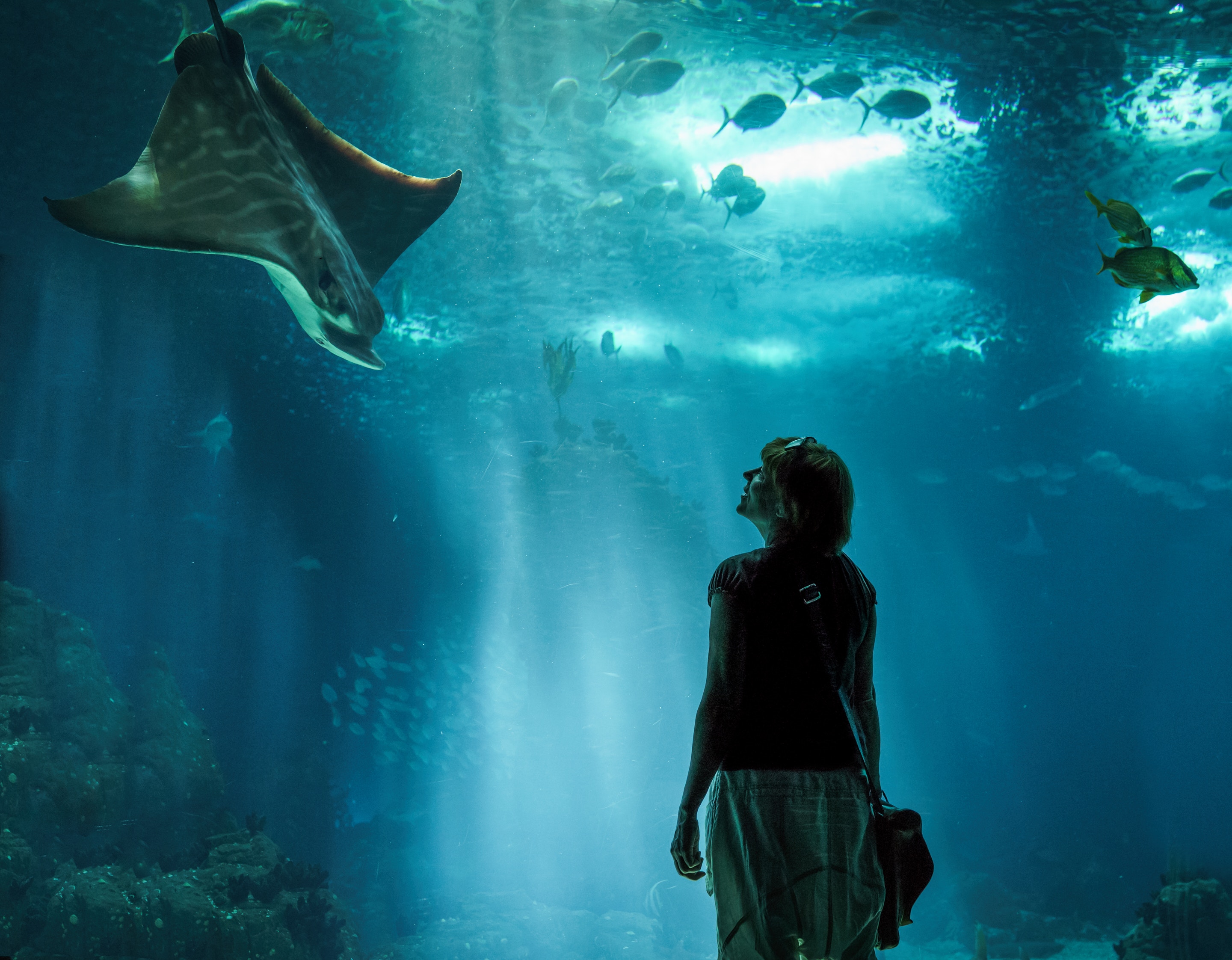
Before the fish law
Worse yet, many fish sprayed with cyanide die on contact, an estimated 75 percent die within an hour of collection, and around 30 percent of those that survive die later, while they are waiting to be shipped to their final destination. Fish caught with cyanide also show lasting side effects – like lethargy, loss of appetite, and internal organ damage – and are often less healthy or suffer early, sudden mortalities once they get into your fish tank. While cyanide fishing is illegal in many of the Indo-Pacific nations where our favorite marine aquarium fish are caught, it still takes place. A recent study found even found that in the EU, 15 percent of the fish tested purchased from marine ornamental fish wholesalers had been caught via cyanide fishing.
From fisheries to discard
These examples make compelling arguments for sticking to captive-bred fish. That can be a responsible solution to reduce the stress on wild populations and habitats – but keep in mind that there are more than 7,000 species of fish are traded each year, and not all are over-harvested or caught using destructive methods. Species like the green chromis, for example, are plentiful in their native range, and appear to be able to keep pace with the harvest for the aquarium trade.
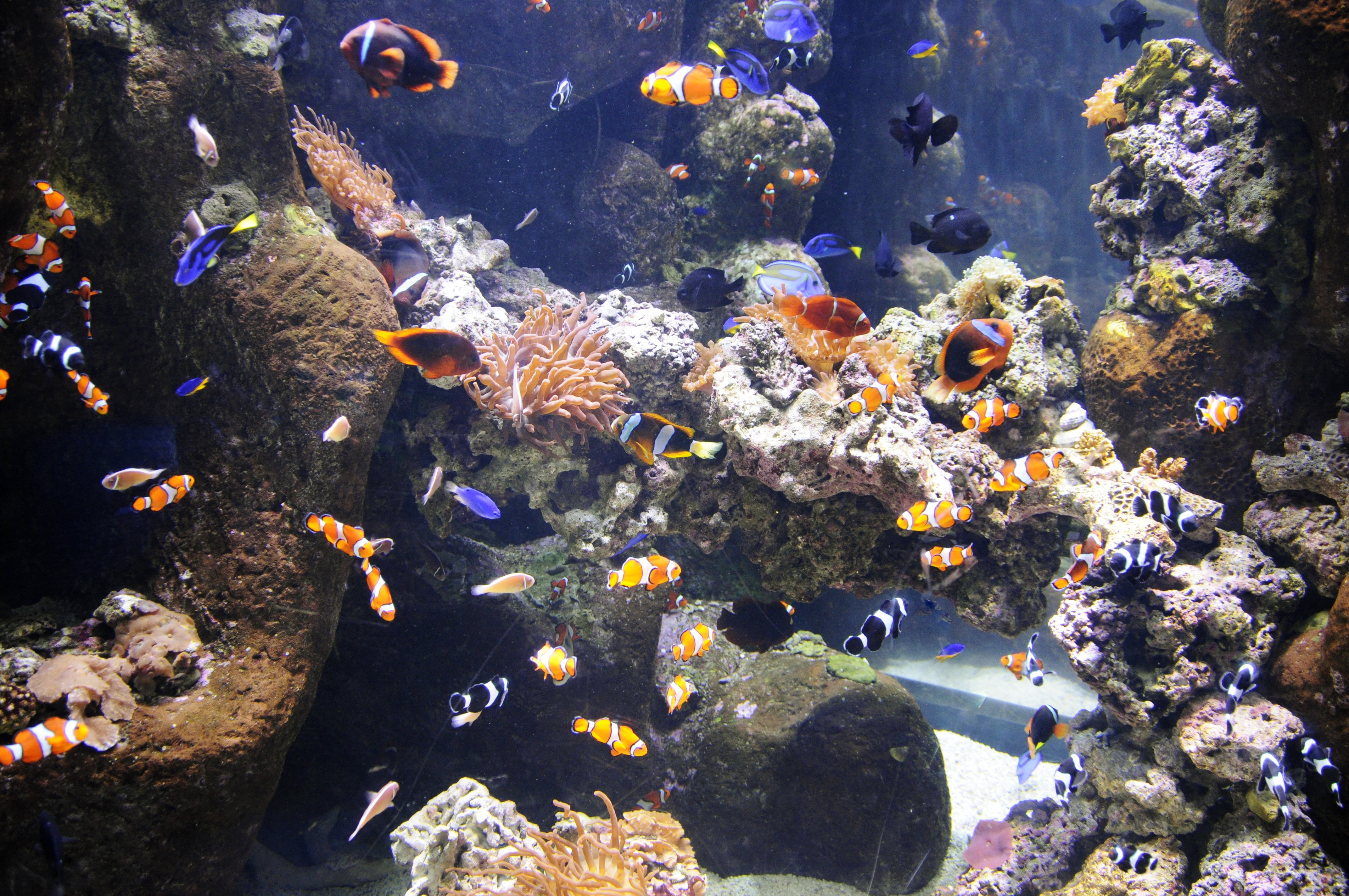
smerikal / Flickr
The market for wild caught species can even be beneficial in some areas, as in the case of the cardinal tetra (Paracheirodon axelrodi). This small, brightly colored fish can be found in the Amazon’s Rio Negro, and has been the livelihood of the people living in Barcelos for decades.
Cardinal tetras reproduce at high rates. During the rainy season, they get washed inland, where many wind up stranded when flood waters recede. Because of this life cycle, cardinal tetra populations have naturally high mortality, and their populations have adapted a naturally high reproductive rate. The people of Barcelos have taken advantage of this by collecting and selling the fishes that get stranded and would normally die anyway.
The fishery is sustainable – populations have not suffered, and the fishing practices are non-destructive. Because the locals rely so heavily on the income from this fishery, there is incentive to conserve the habitat. Without the profit and livelihood provided by this wild-caught aquarium fish, many of the locals would have to turn to other common streams of income, like farming practices that actively lead to deforestation.
So it isn’t necessarily bad to stock your fish tank with some wild-caught fish. And honestly, that almost makes it more daunting to be a responsible fish owner. It is extremely difficult to know when to buy a wild-caught or a captive-bred fish, and unfortunately, most of the time it is difficult to tell how your fish was caught or reared to begin with. While scientists are working with the aquarium industry and local communities to try and make the process more transparent, we have not yet gotten to the point where you can walk into a store and know if your fish was sustainably harvested.
Some initiatives like the Marine Aquarium Council provide a certified eco-labeling system that you can look for when purchasing your fish. Otherwise, your best bet is to become an informed consumer. Here are some tips:
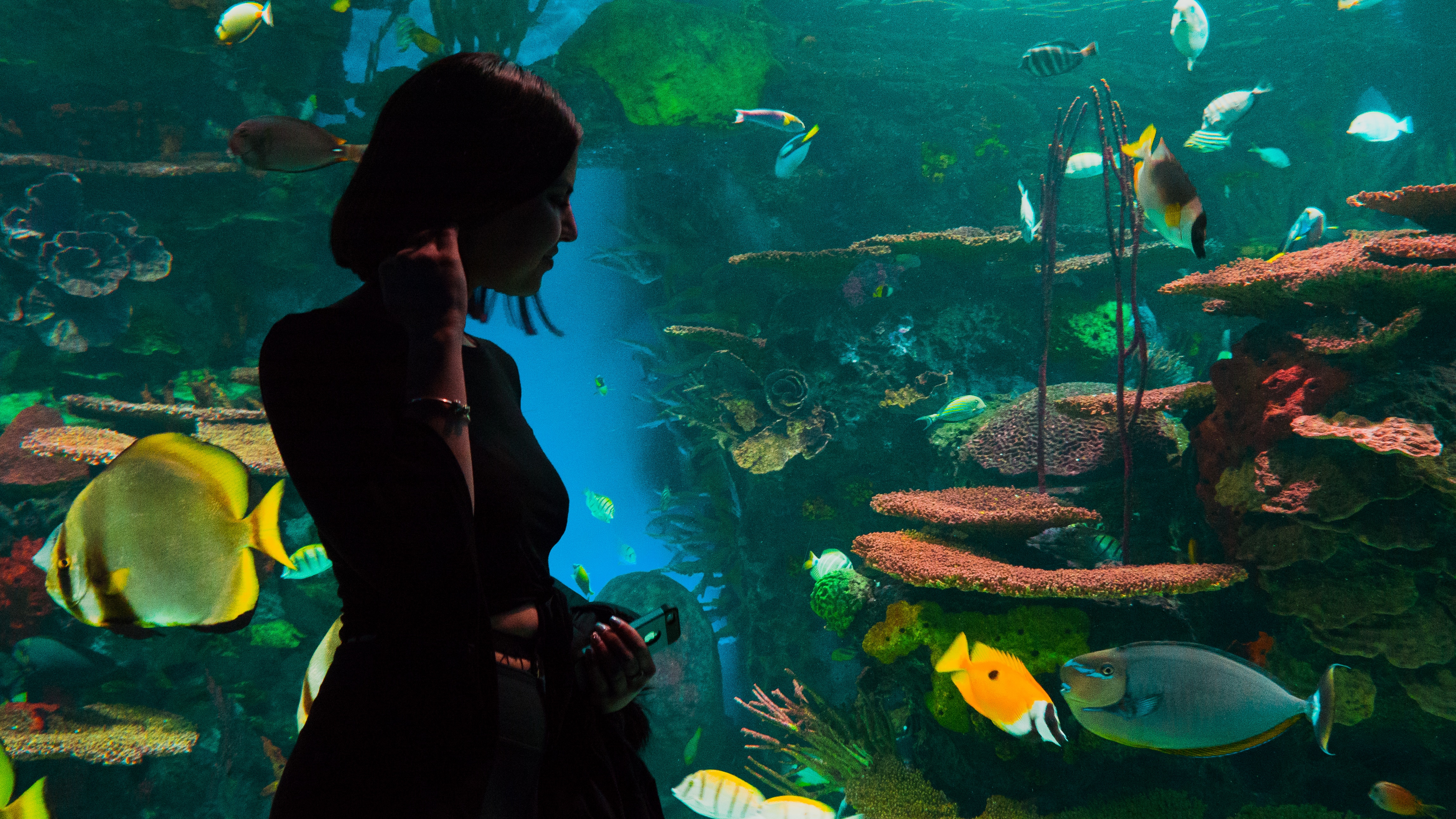
She doesn't know her fish
Know your fish. Do some research to learn about the fish you want to buy. This is a generally good idea to ensure you know how to properly care for your fish, and that it will fit into your tank well anyway. If you do a little extra digging, you can usually determine how the fish is commonly harvested. You can learn more about raising aquarium fish from many sources – for example, here is a great podcast for your listening pleasure.
Check the conservation status. You can find the conservation status of your fish by visiting the IUCN Red List of Threatened Species website. Avoid species heavily endangered by the aquarium trade, like the redline torpedo barb mentioned above, or popular marine fishes like the Banggai carinalfish (Pterapogon kauderni), unless you can verify that your fish was captive-bred or sustainably harvested. Pro tip: know the scientific name of the fish to type into the search bar. If the species has been evaluated, you will find all sorts of information on the biology of your fish, and can even see what threats are faced by the wild populations. For some species, there is a wealth of information on how fish are traditionally caught.
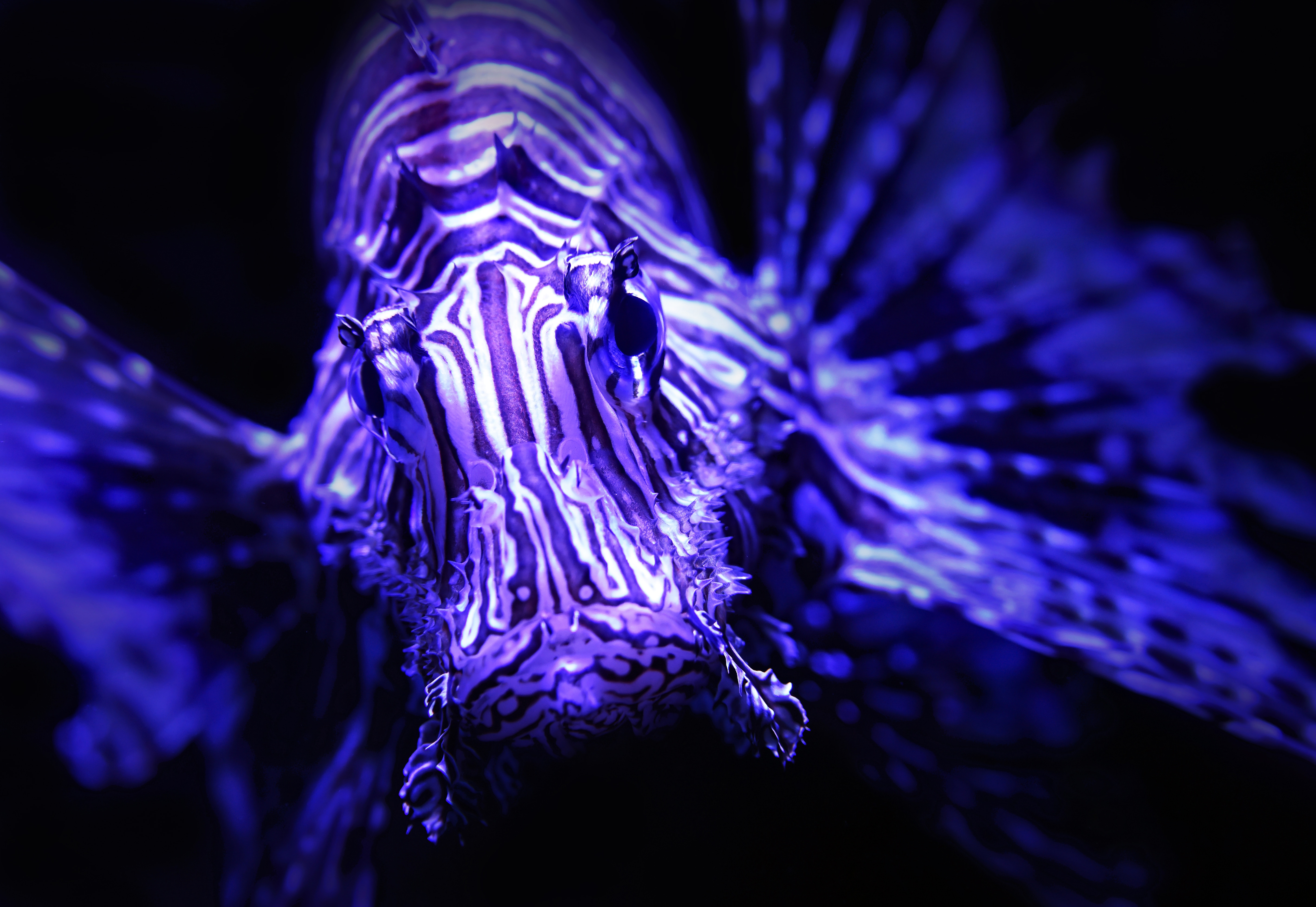
Beware the lionfish
Ask where the fish is from. Try asking where the store imports its fish from. This may help you narrow down how your fish was caught or if it was bred in captivity.
Check if it is captive bred. If you have your heart set on an endangered fish, see if it is available from a captive breeding facility. The magazine CORAL puts out a list of all species known to breed in captivity, and Rising Tide Conservation posts updates on recent success stories. The list is continually growing as hobbyists and scientists work to find ways to breed more aquarium species. In fact, the Pacific Blue Tang (yes, our friend Dory again) was bred in captivity for the very first time just two years ago.
Don't discard fish. One more tip on being a responsible aquarium owner: Please do not release your aquarium animals into the environment. Doing so can lead to non-native species (like the lionfish) invading and wreaking havoc on your local area. If your pet has become too difficult to raise, is too large for your tank, or is just cramping your style, please take care of it properly. You can find information on how to properly handle, return, or donate your aquarium animals and plants at Habitat Attitude.
With so many people setting up aquariums, it is becoming more important for consumers to understand their fishes' origins. Aquariums have the power to help advance scientific research, and to foster an appreciation for fish and aquatic environments. We can still continue to enjoy the wonder and excitement of watching our friends swim around our homes, but if we truly care about our pets, we need to start considering how to become more conscious aquarists.
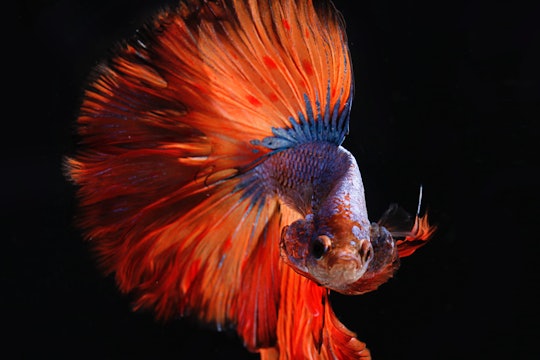


This is such a well-researched and important article! In my fieldwork I’ve seen the aftermath of another incredibly damaging collection technique: the use of dynamite to stun schools of fish. Obviously the dynamite does a ton of damage to the corals, and probably kills more than it stuns. As Ashley writes, there are safe and sustainable ways to collect fish, which scientists practice when collecting for research and education.
At California Academy of Sciences we follow many of the same laws that apply to the aquarium trade, with some exceptions made in the name of science. We have a very unique exhibit of fish from the Twilight Zone, between 200-500 ft deep, where pressure is much higher, so my colleagues invented this cool device to help bring fish up safely from these deep waters. It maintains the same pressure where they live while they are brought to the surface, and then gradually the pressure is decreased over a few days, so the fish can acclimate to the much lower pressure at sea level.
With more awareness about where aquarium fish come from, hopefully we can drive the market towards using similarly safe and sustainable collection methods.